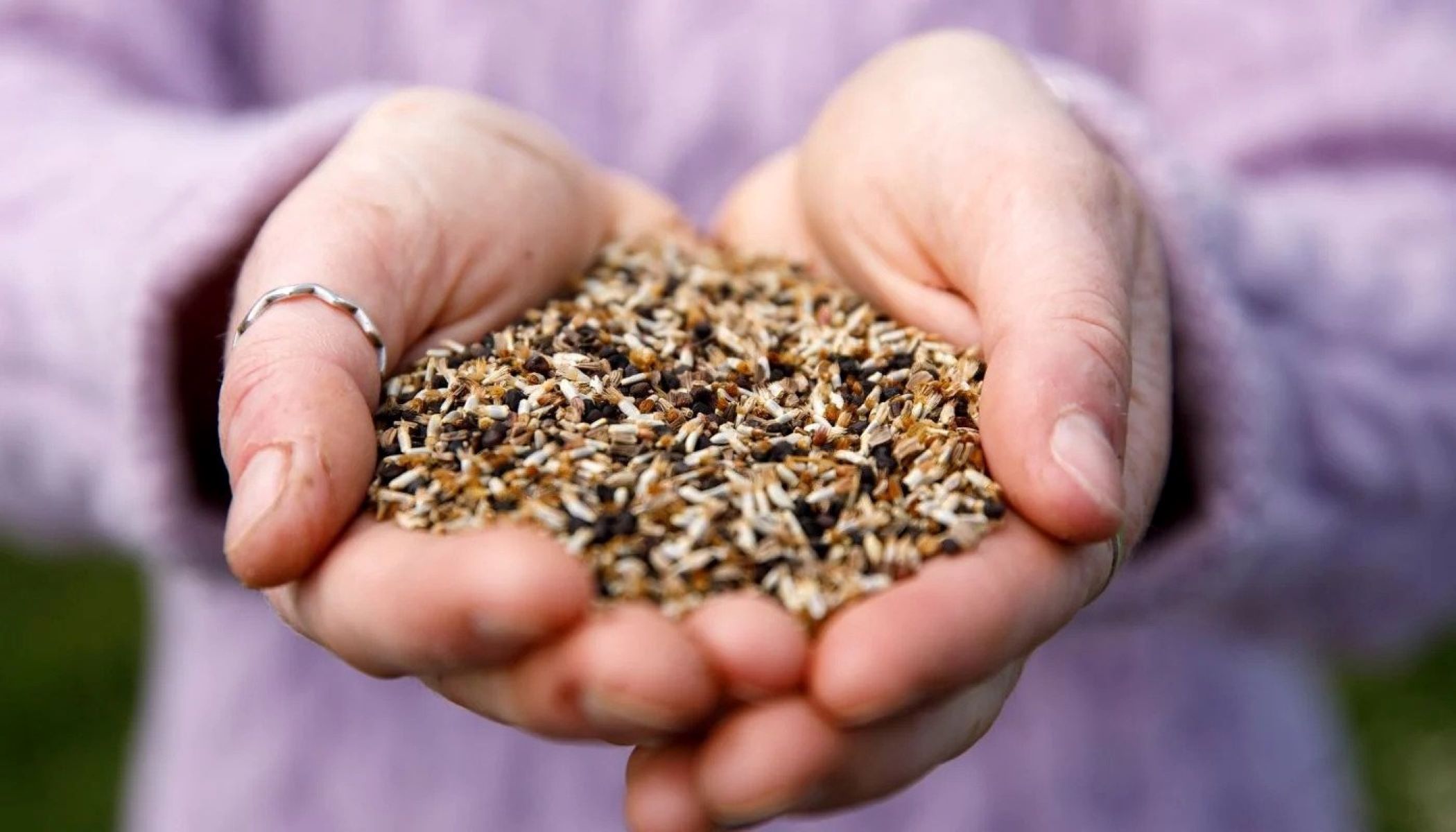

Articles
How To Store Wildflower Seeds
Modified: January 9, 2024
Learn effective methods for storing wildflower seeds in this informative article. Find out how to properly preserve and maintain the viability of your favorite wildflower seeds.
(Many of the links in this article redirect to a specific reviewed product. Your purchase of these products through affiliate links helps to generate commission for Storables.com, at no extra cost. Learn more)
Introduction
Welcome to the fascinating world of wildflower seeds! If you’re a nature enthusiast or garden lover, then you’re in for a treat. Not only are wildflowers visually stunning, but they also play a vital role in supporting local ecosystems and promoting biodiversity. If you want to preserve the beauty of these delicate flowers, learning how to store wildflower seeds is essential.
Wildflower seeds are unique and require special care to maintain their viability. Proper storage ensures that the seeds remain viable and ready for planting in the future. Whether you’re collecting seeds from your own garden or embarking on a wildflower seed-gathering adventure, this article will guide you through the process of storing wildflower seeds effectively.
Before we dive into the details of seed storage, let’s take a moment to understand what wildflower seeds are and why they are worth preserving.
Read more: When To Seed Wildflowers
Understanding Wildflower Seeds
Wildflower seeds are the reproductive units of various plant species that grow naturally in the wild. Unlike cultivated flower seeds, wildflower seeds have not been altered or bred for specific traits. This makes them a valuable resource for preserving natural biodiversity and promoting indigenous plant species.
Wildflower seeds come in all shapes, sizes, and colors, representing an astonishing array of plant species. From vibrant blooms to delicate grasses, wildflower seeds encompass a wide range of plants that thrive in various landscapes, including meadows, woodlands, and prairies.
When these plants go through their natural life cycle, they produce seeds as a means of reproduction. These seeds fall to the ground, where they can lie dormant until the conditions are favorable for germination. Storing wildflower seeds correctly ensures that the seeds remain viable and retain the potential to grow into beautiful flowers in the future.
In the next sections, we will explore the process of collecting wildflower seeds, cleaning them, choosing the right storage container, and preparing the seeds for storage. Let’s dig deeper into each step to ensure your wildflower seeds are properly stored and preserved.
Key Takeaways:
- Preserve the beauty and biodiversity of wildflowers by mastering the art of seed storage. Collect, clean, and store wildflower seeds with care to ensure their long-term viability and contribute to the conservation of these delicate plants.
- Embrace the rewarding journey of wildflower seed storage. From understanding the unique characteristics of wildflower seeds to choosing the right storage container and conducting regular viability tests, each step contributes to preserving the beauty and diversity of these natural wonders.
Understanding Wildflower Seeds
Wildflower seeds are the lifeblood of a flourishing eco-system. They hold the promise of vibrant blooms, providing food and habitat for pollinators, birds, and other wildlife. Understanding the importance of wildflower seeds and their unique characteristics will help you appreciate the significance of properly storing them.
Wildflower seeds are the reproductive units of plants that grow naturally in the wild. These plants have not been cultivated or bred for specific traits, making their seeds a valuable resource for preserving biodiversity. They come in an astonishing variety of shapes, sizes, and colors, reflecting the diversity of plant species in nature.
Each wildflower seed is a tiny package containing all the genetic information needed to grow a new plant. It is remarkable to think that within each minuscule seed lies the potential for a magnificent flower that can attract bees, butterflies, and other pollinators.
Wildflower seeds have evolved to adapt to their diverse environments, ensuring their survival in different ecosystems. Some seeds have hard coatings that protect them from harsh weather conditions, allowing them to remain dormant until the right conditions for germination are met. Others rely on wind, water, or animal dispersal to find suitable locations for growth.
It is essential to understand the life cycle of wildflowers to collect their seeds effectively. Wildflowers bloom at different times throughout the year, and their seeds mature at various stages. It’s best to collect seeds when the seed heads are dry and brown, indicating that the seeds are fully developed and ready for harvesting.
Wildflower seeds come in two main categories: annuals and perennials. Annual wildflowers complete their life cycle within one year. They germinate, bloom, produce seeds, and die in a single growing season. Perennial wildflowers, on the other hand, live for multiple years, with some even surviving for decades. They may go dormant during winter or unfavorable conditions and re-emerge in the following growing season.
When selecting wildflower seeds for storage, consider the region and climate in which they naturally grow. Native wildflower seeds are the best choice for preserving the local ecosystem’s integrity and providing a habitat for local fauna. It’s important to ensure that the seeds you collect and store are not invasive species that can harm the environment.
By understanding the unique characteristics of wildflower seeds, you gain a deeper appreciation for their critical role in maintaining ecosystem balance and fostering biodiversity. Now that we have a foundation of knowledge about wildflower seeds, let’s explore how to collect and store them effectively.
Collecting Wildflower Seeds
Collecting wildflower seeds allows you to preserve the beauty of your favorite plants and contribute to the conservation of indigenous species. When done correctly and responsibly, seed collection can be an enjoyable and rewarding activity. Here are some guidelines to follow when collecting wildflower seeds.
1. Timing: Timing is crucial when collecting wildflower seeds. Wait until the seed heads are fully mature before harvesting. Look for signs that the seeds are ready, such as dry and brittle seed heads or brown coloration. This indicates that the seeds have reached their maximum viability and are ready for collection.
2. Equipment: Before heading out to collect seeds, gather the necessary equipment. You will need small scissors or pruners to carefully cut the seed heads from the plants. It’s also advisable to bring a paper bag or envelope to store the seeds, as this allows for airflow and prevents moisture buildup.
3. Selecting Plants: Focus on collecting seeds from healthy and robust plants that showcase desirable traits, such as vibrant colors or unique flower shapes. Avoid collecting seeds from plants that show signs of disease or are overly weak or damaged.
4. Harvesting Techniques: When collecting wildflower seeds, it’s essential to minimize the impact on the plant and its surrounding habitat. Start by gently grasping the stem below the seed head and using your scissors or pruners to make a clean cut. Place the cut seed head directly into your bag or envelope, being careful not to drop any seeds in the process.
5. Quantity: When collecting seeds, it’s best to practice restraint and only take what you need. Leaving some seeds behind ensures that the plant population can naturally regenerate and provide resources for local wildlife.
6. Respect Regulations: It’s crucial to research and respect any local regulations or guidelines regarding seed collection. Some areas may have restrictions to protect delicate ecosystems or endangered plant species.
7. Labeling: Label each bag or envelope with essential information, such as the plant name, collection date, and location. This helps you keep track of your collection and ensures accurate identification when it comes time to plant or share seeds with others.
Remember, when collecting wildflower seeds, always prioritize the health and sustainability of the plants and their natural habitats. With responsible seed collection practices, you can contribute to the preservation of native plant species and the overall biodiversity of your region.
Cleaning Wildflower Seeds
After collecting wildflower seeds, it’s important to clean them before storing. Cleaning removes any debris, chaff, or unwanted material that may have been collected along with the seeds. Properly cleaning the seeds ensures optimal storage conditions and increases their chances of germination. Here’s how to clean wildflower seeds effectively:
1. Dry Cleaning: Start by inspecting the seed heads and removing any obvious debris or large particles by hand. Gently rub the seed heads between your fingers to dislodge loose materials. Be careful not to damage the seeds or remove any viable parts.
2. Sieving: To further remove unwanted material, you can use a fine screen or sieve. Place the collected seed heads in the sieve and gently shake or tap it to allow the smaller debris to fall through. This process will help separate the seeds from any remaining chaff or plant matter.
3. Winnowing: For seeds that are lighter and more easily separated, you can try winnowing. This process involves tossing the seeds gently in the air while standing upwind or using a fan or gentle breeze. The lighter materials will be carried away, while the heavier seeds will fall back into the collecting tray or container.
4. Water Separation: Some wildflower seeds, such as those with a mucilaginous or sticky coating, may need to be washed and separated using water. Place the seeds in a fine mesh strainer or cheesecloth and run water gently through them. Shake the strainer or cloth to dislodge any remaining debris or unwanted materials.
5. Drying: After cleaning, ensure the seeds are thoroughly dried before storing them. Spread them out on a clean surface, such as a paper towel or tray, and allow them to air dry in a well-ventilated area. Avoid exposure to direct sunlight or high humidity, as this can affect seed viability.
Remember to handle the seeds with care during the cleaning process to avoid damaging or crushing them. Additionally, it’s important to clean seeds soon after collection to prevent mold or mildew growth due to moisture or dampness.
Once the wildflower seeds are clean and completely dry, you’re ready to move on to the next step: storing them properly. By following these cleaning techniques, you ensure that your wildflower seeds are free from debris and contaminants, giving them the best chance to thrive when planted.
Read more: How To Plant Wildflower Seed Paper
Choosing the Right Storage Container
Selecting the appropriate storage container for your wildflower seeds is crucial for maintaining their viability over time. The storage container should provide protection from moisture, light, and pests. Here are some factors to consider when choosing the right storage container:
1. Air-Tightness: It is essential to select a container that is airtight to prevent moisture from entering and damaging the seeds. Moisture can lead to mold or rot, which can render the seeds unviable. Look for containers with secure lids or sealing mechanisms that create a tight seal.
2. Material: The material of the container is also important. Opt for materials that are durable, non-reactive, and resistant to moisture and pests. Glass jars with rubber gaskets, metal tins, or sturdy plastic containers with tight-fitting lids are all suitable options. Avoid containers made of materials that can deteriorate over time or affect the quality of the seeds.
3. Size: Select a container size that accommodates the quantity of seeds you plan to store. It should provide enough space for the seeds to be stored without being overcrowded. An excessively large container can lead to unnecessary air circulation, which may affect seed viability.
4. Darkness: Light can cause degradation of the seeds and decrease their viability. Therefore, choose a container that is opaque or offers sufficient light-blocking capabilities. This helps minimize exposure to light and protects the seeds from potential damage.
5. Labeling: Properly labeling your storage container is essential for easy identification of the seeds. Use adhesive labels or write directly on the container with a permanent marker. Include necessary information such as the plant species, collection date, and any other specific details that are relevant for future reference.
6. Multiple Containers: Consider dividing your seed collection into separate containers based on plant species, regions, or any other relevant categorization. This allows for easy organization and retrieval of specific seeds when needed.
7. Secondary Packaging: If you’re storing multiple containers, consider placing them inside a larger container or storage bin for an added layer of protection. This helps shield the containers from temperature fluctuations and provides an extra barrier against pests and moisture.
Remember to store your seed containers in a cool, dry, and dark location, such as a pantry or basement. Keep the storage area free from extreme temperature fluctuations and humidity to maintain seed viability for an extended period.
By carefully selecting the right storage container for your wildflower seeds, you ensure their long-term viability and increase the chances of successful germination when it’s time to plant them.
Preparing the Seeds for Storage
Before storing your wildflower seeds, it’s essential to prepare them properly to ensure their long-term viability. These simple steps will help maximize seed storage success and improve the chances of successful germination when the time comes to plant them:
1. Allow Seeds to Fully Mature: Ensure that the seeds you collect are fully matured before preparing them for storage. Mature seeds have the highest chances of successful germination and long-term viability.
2. Remove Excess Plant Material: Remove any remaining plant debris or chaff from the seeds. Separating the seeds from any unwanted material helps prevent mold growth and improves air circulation around the seeds. Use clean hands or small tweezers to carefully pick out any debris.
3. Thoroughly Dry the Seeds: Proper drying is crucial to prevent moisture retention and the growth of mold or mildew. Spread the cleaned seeds on a clean, dry surface such as paper towels or a fine mesh screen. Allow the seeds to air dry fully in a well-ventilated area away from direct sunlight or moisture for about a week or until they are completely dry to the touch.
4. Check for Seed Viability: Before storing the seeds, it can be helpful to conduct a viability test to assess their germination potential. Place a small sample of seeds on a damp paper towel or in a dampened seed starting mix. Keep them in a warm (70-80°F/21-27°C) and moist environment for a few days to see if they start to germinate. This test gives you an idea of the seed’s quality and viability.
5. Packaging: Once the seeds are dry and their viability is confirmed, transfer them into your chosen storage containers. Use small envelopes, paper bags, or seed storage envelopes, ensuring they are fully sealed to prevent moisture or pests from entering. Label each container carefully with the plant species, collection date, and any other relevant information.
6. Store in a Cool, Dry Place: Keep your prepared seed containers in a cool and dry location. Aim for a stable temperature between 40-50°F (4-10°C) and a relative humidity of 30-40%. Avoid storing seeds in areas prone to temperature fluctuations, such as attics or garages, as extreme temperatures can affect seed viability.
7. Periodic Seed Viability Testing: Over time, seed viability may decrease. To ensure you’re using seeds with a high germination rate, periodically conduct viability tests on stored seeds. This will help you determine if it’s time to refresh your seed stock or collect new seeds.
By following these steps and preparing your wildflower seeds for storage properly, you increase the chances of maintaining their viability for an extended period. Stored seeds ready for optimal germination will enable you to enjoy the beauty of wildflowers season after season.
Store wildflower seeds in a cool, dry place in a paper envelope or breathable container. Keep them away from moisture and direct sunlight to maintain their viability.
Storing Wildflower Seeds
Proper storage is crucial for maintaining the viability of wildflower seeds and ensuring they remain viable for future planting. By following these guidelines, you can create optimal conditions for seed storage and increase the chances of successful germination:
1. Choose the Right Environment: Store your wildflower seeds in a cool, dry, and dark place. Temperature fluctuations and excessive heat or humidity can reduce seed viability. Aim for a storage temperature between 40-50°F (4-10°C) and a relative humidity of 30-40%, which helps prevent seed deterioration.
2. Utilize Airtight Containers: Transfer your properly prepared and dried seeds into airtight containers, such as glass jars with rubber gaskets, metal tins, or sturdy plastic containers with tight-fitting lids. Make sure the containers are clean, dry, and free from any pests or contaminants that could harm the seeds.
3. Store in a Dark Location: Exposure to light can affect seed viability, so it’s important to store the containers in a dark environment. Consider wrapping the containers in a dark cloth or storing them in a box to further minimize light exposure.
4. Avoid Moisture: Moisture is a seed’s enemy as it can cause mold, mildew, or premature germination. Ensure that your storage area is dry and free from any potential sources of moisture. Avoid storing seed containers in basements or areas prone to dampness.
5. Check on Seeds Regularly: Periodically check your stored seeds for signs of moisture, mold, or pests. If you notice any issues, take immediate action to address them. Remove any damaged or moldy seeds to prevent the spread of contaminants.
6. Maintain Proper Labeling: Clearly label each container with the plant species, collection date, and any other relevant information. This labeling ensures easy identification when you want to retrieve specific seeds from your collection.
7. Consider Refrigeration or Freezing: If you live in an area with hot and humid climates, you might want to consider storing some of your wildflower seeds in a refrigerator or freezer. Place them in airtight bags or containers and label them accordingly. Freezing can help extend seed viability, but it’s essential to follow proper freezing and thawing protocols to prevent seed damage.
Remember, once seeds are stored, try to minimize their exposure to fluctuating temperatures or excessive handling, as this can affect their longevity. Be sure to monitor the storage conditions regularly and conduct periodic germination tests to ensure seed viability. If stored properly, wildflower seeds can remain viable for several years, allowing you to enjoy a beautiful display of flowers year after year.
Monitoring Seed Viability
Monitoring the viability of your stored wildflower seeds is essential to ensure their freshness and germination potential. Over time, seed viability naturally decreases, and regularly assessing the viability of your seed collection helps you determine if they are still suitable for successful planting. Here are some ways to monitor seed viability:
1. Conduct Germination Tests: Periodically test a sample of your stored seeds to assess their germination rate. Place a small number of seeds on a damp paper towel or in a sterile seed starting mix. Keep them in a warm, moist environment and monitor their progress over a set period, typically 7-14 days. Count the number of seeds that successfully germinate to estimate the germination rate.
2. Calculate Germination Rate: Divide the number of germinated seeds by the total number of seeds tested, then multiply by 100 to get the germination rate percentage. This will give you an idea of how viable your stored seeds are and whether you need to replenish your collection or gather new seeds.
3. Observe Seed Appearance: Visually inspect the stored seeds for any signs of damage, discoloration, or mold growth. Healthy seeds should appear plump, firm, and have their original color. Any seeds that appear shriveled, discolored, or show signs of decay should be discarded as they are unlikely to be viable.
4. Track Seed Storage Duration: Keep a record of the storage duration for each batch of seeds. Different wildflower seeds have varying shelf lives, and knowing how long your seeds have been stored helps determine their potential viability. Some seeds may retain their viability for a few years, while others may need to be used within a shorter timeframe.
5. Review Seeds’ Individual Characteristics: Take note of any changes in the appearance or characteristics of the stored seeds. If you notice significant variations in seed size, color, or texture compared to freshly collected seeds, it may indicate a decrease in viability. This can help guide your decision on whether to continue using stored seeds or replenish with fresh ones.
6. Rotate and Refresh Seed Stock: To maintain a healthy and viable seed collection, consider rotating your stock every few years. Discard older seeds or ones with low germination rates and gather fresh seeds to ensure a constant supply of viable seeds for planting.
By regularly monitoring the viability of your stored wildflower seeds, you can ensure that you have high-quality seeds ready for successful germination and beautiful blooms. Incorporate germination tests and careful observation to maintain a vibrant and reliable seed collection.
Read more: How To Get Seeds From Wildflowers
Tips for Successful Seed Storage
Proper seed storage is crucial for maintaining the viability and longevity of wildflower seeds. With these tips and best practices, you can ensure the success of your seed storage endeavors:
1. Choose High-Quality Seeds: Start with high-quality seeds from reliable sources. Healthy and viable seeds have a better chance of successful germination and long-term storage.
2. Optimize Seed Maturity: Harvest seeds when they are fully matured. Seeds that are not fully developed may have low viability and are less likely to germinate successfully.
3. Dry Seeds Completely: Thoroughly dry seeds before storage to prevent mold or rot. Ensure that the seeds are completely dry by air drying them in a well-ventilated area for several days or using silica gel packets to absorb any residual moisture.
4. Use Suitable Storage Containers: Choose airtight and moisture-proof containers, such as glass jars or metal tins, to protect seeds from moisture and pests. Make sure containers are clean, dry, and properly sealed to maintain optimal storage conditions.
5. Store in Cool, Dark Locations: Keep seed containers in a cool, dry, and dark place to maintain seed viability. Avoid areas prone to temperature fluctuations, direct sunlight, or high humidity, as these conditions can negatively impact seed storage.
6. Label with Essential Information: Label each seed container with the plant species, collection date, and any other relevant details. This helps you keep track of your seed collection and ensures proper identification when the time comes to use them.
7. Conduct Regular Viability Tests: Periodically test the germination rate of stored seeds to assess their viability. Conduct these tests every few years to ensure that your seeds are still viable for successful planting.
8. Rotate Seed Stock: Consider rotating your seed stock regularly. Discard older seeds or those with low germination rates, and replace them with fresh seeds to maintain a supply of viable seeds for future planting.
9. Store in Separate Batches: If you have multiple seed varieties, store them in separate containers or packets to prevent cross-contamination. This allows you to easily access and identify specific seeds when needed.
10. Keep Detailed Seed Records: Maintain a record of your seed collection, including the plant species, source, collection date, storage location, and viability test results. This information helps you track the success of your storage methods and guides future seed-saving efforts.
Following these tips for successful seed storage ensures that your wildflower seeds remain viable and ready for future planting. By taking proper care in preserving and storing your seeds, you can continue to enjoy the beauty of wildflowers for years to come.
Conclusion
Learning how to store wildflower seeds is a valuable skill for gardeners, nature enthusiasts, and anyone passionate about preserving biodiversity. By properly collecting, cleaning, and storing wildflower seeds, you can ensure their long-term viability and contribute to the conservation of these beautiful plants.
Understanding the unique characteristics of wildflower seeds is the first step to successful seed storage. Their diversity in size, shape, and germination requirements makes it essential to approach storage with care and attention to detail. By collecting seeds at the right time, ensuring cleanliness, and allowing for proper drying, you lay the foundation for preservation success.
Choosing the right storage container is crucial for maintaining seed viability. Airtight and moisture-proof containers, stored in cool, dark locations, provide the optimal conditions for seed preservation. Regularly monitoring seed viability through germination tests and visual inspection allows you to gauge the effectiveness of your storage methods and make necessary adjustments.
Successful seed storage also involves following best practices such as labeling containers, rotating seed stock, and maintaining detailed records. These practices not only ensure organization and easy identification but also help track the longevity and effectiveness of your seed storage efforts.
By implementing these techniques, you can enjoy the benefits of wildflower seeds for years to come. Preserving their beauty, diversity, and contribution to local ecosystems is a rewarding endeavor that enriches both your garden and the natural world around you.
So, whether you’re a seasoned gardener or new to the world of wildflowers, take the time to collect, clean, and store wildflower seeds properly. With the right approach and attention to detail, you can create a seed collection that will provide a continuous source of beauty and joy, while concurrently supporting the natural environment.
Frequently Asked Questions about How To Store Wildflower Seeds
Was this page helpful?
At Storables.com, we guarantee accurate and reliable information. Our content, validated by Expert Board Contributors, is crafted following stringent Editorial Policies. We're committed to providing you with well-researched, expert-backed insights for all your informational needs.
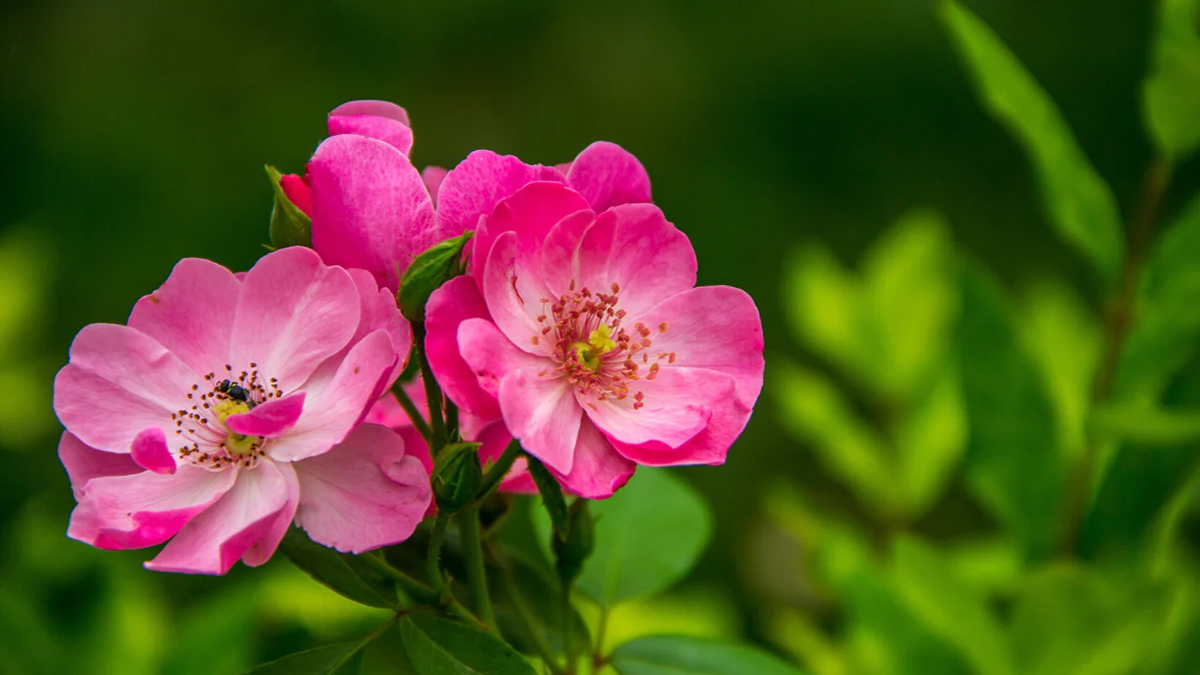
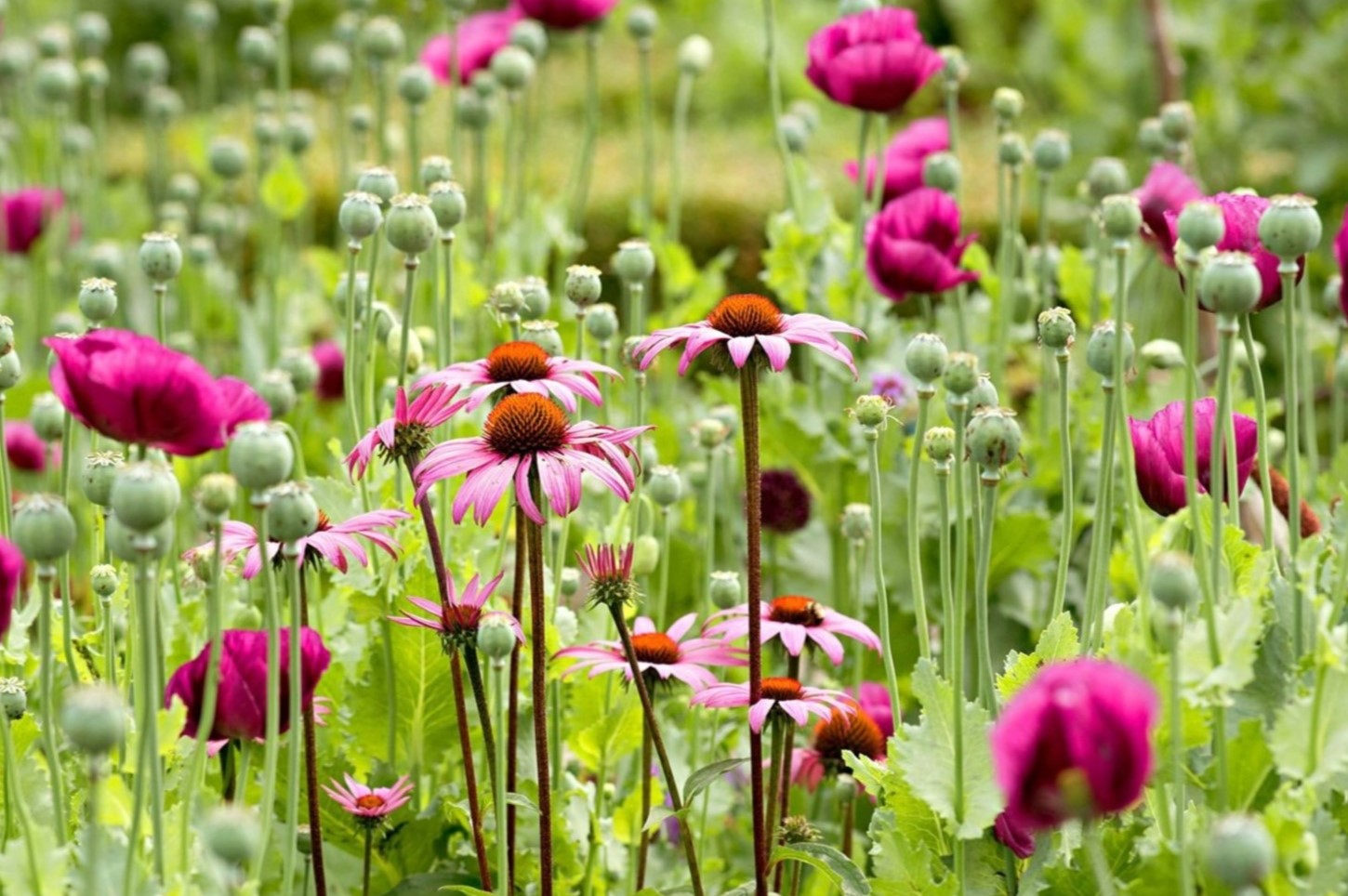
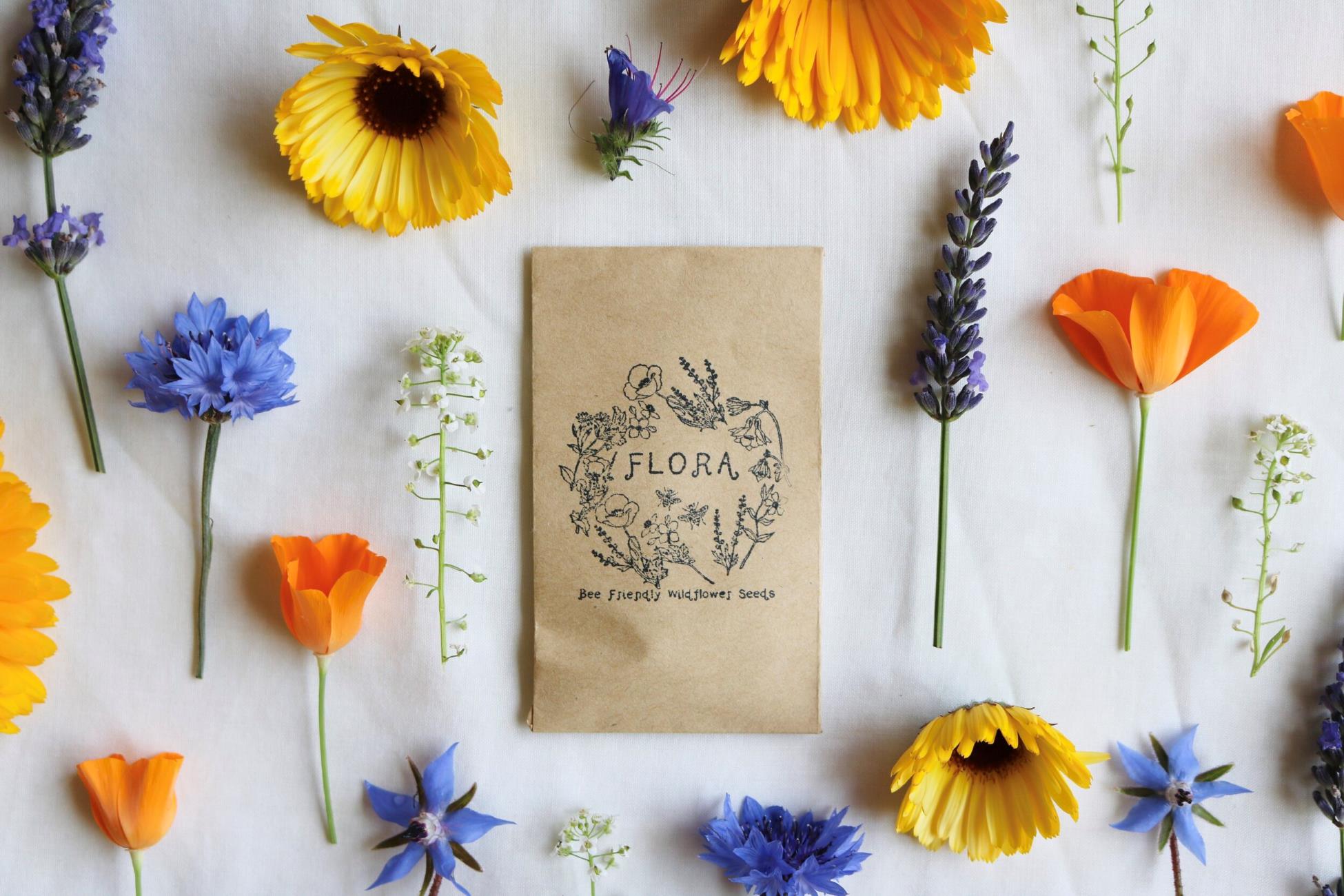
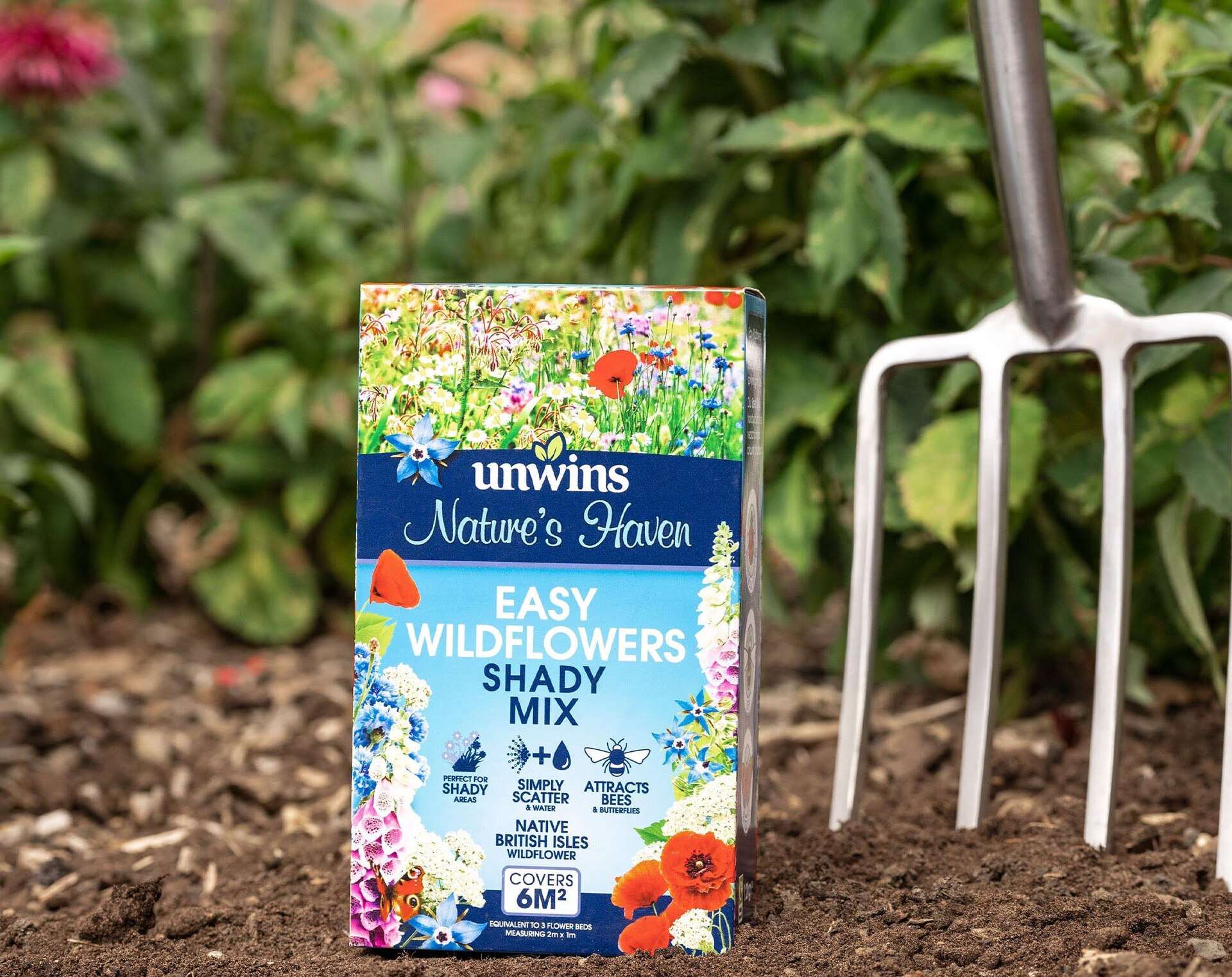
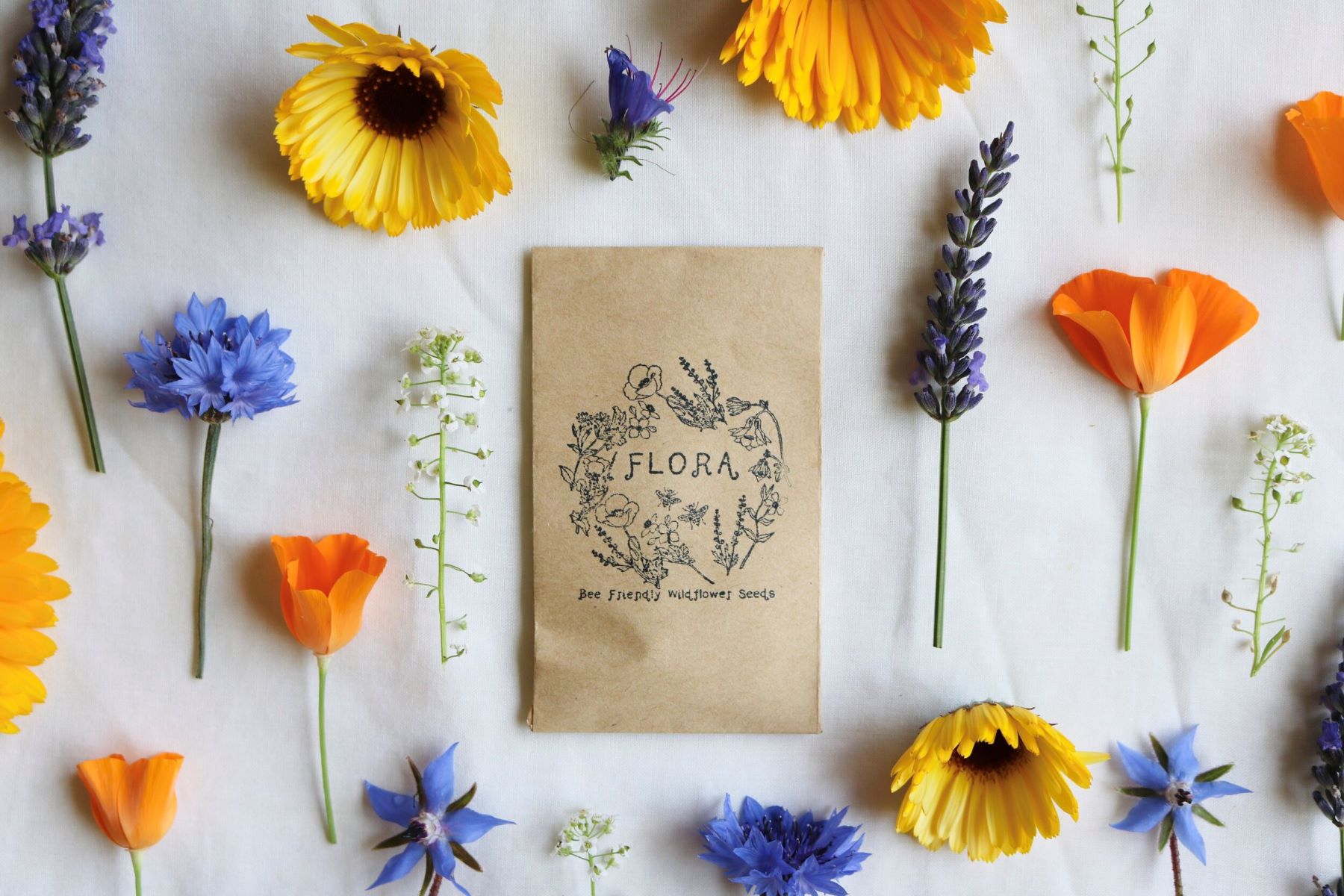
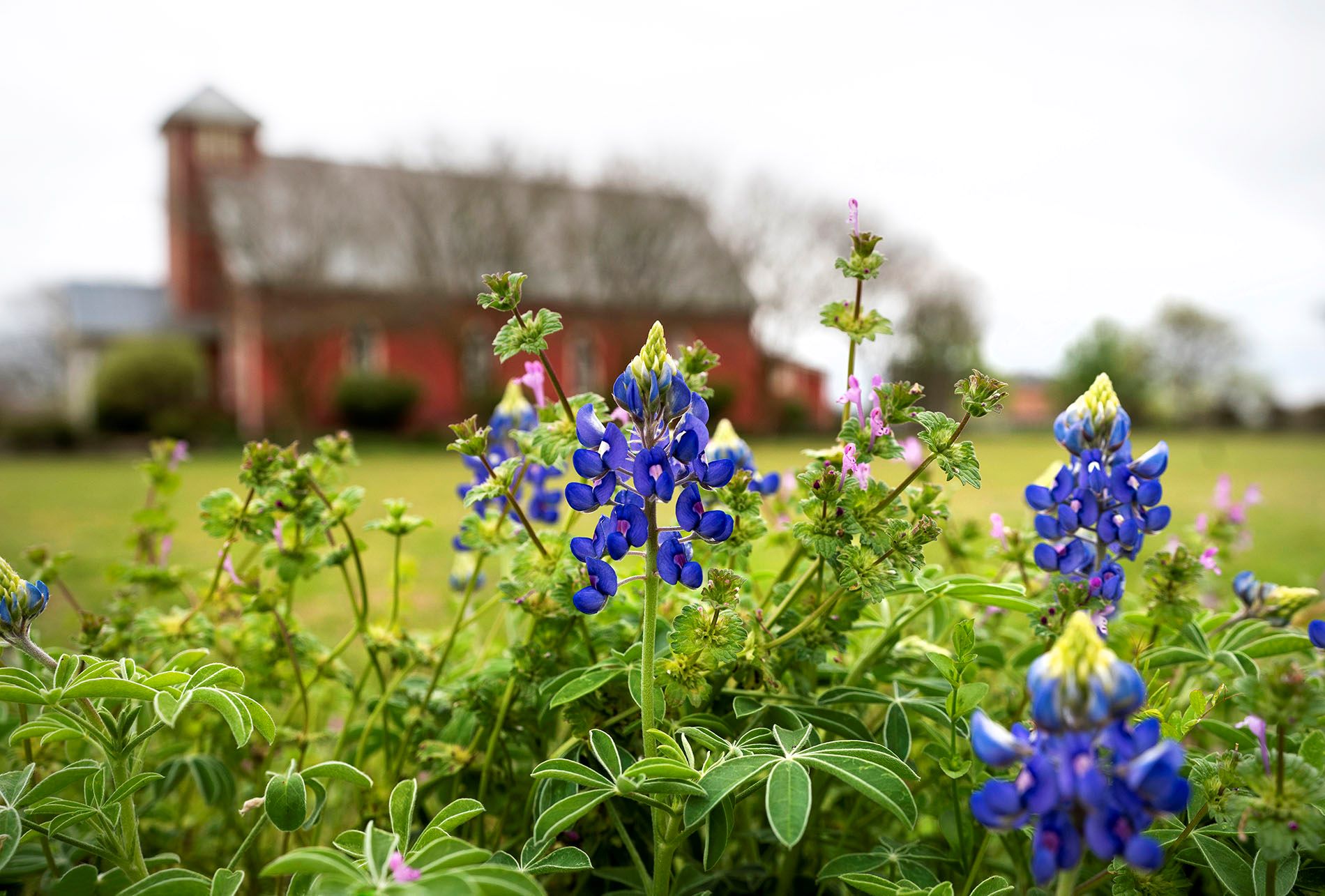
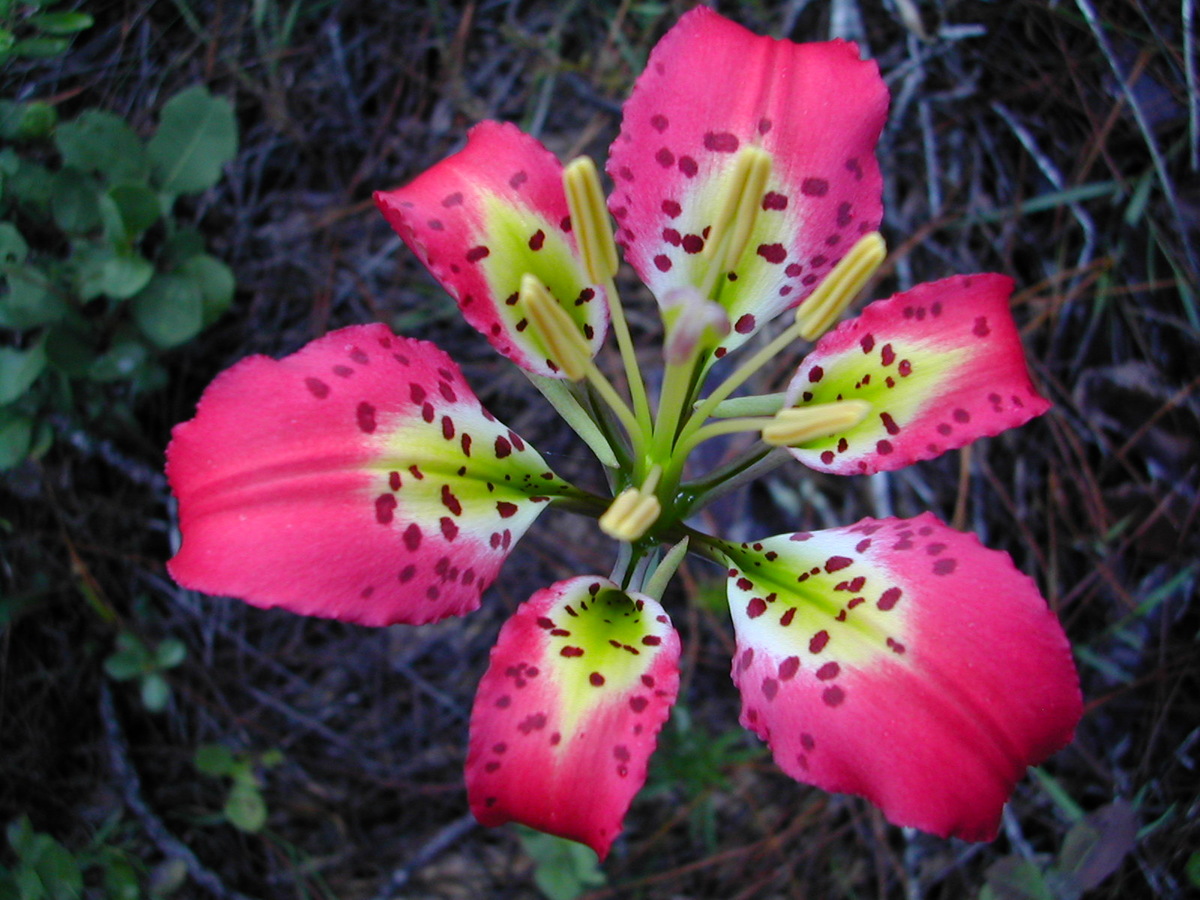
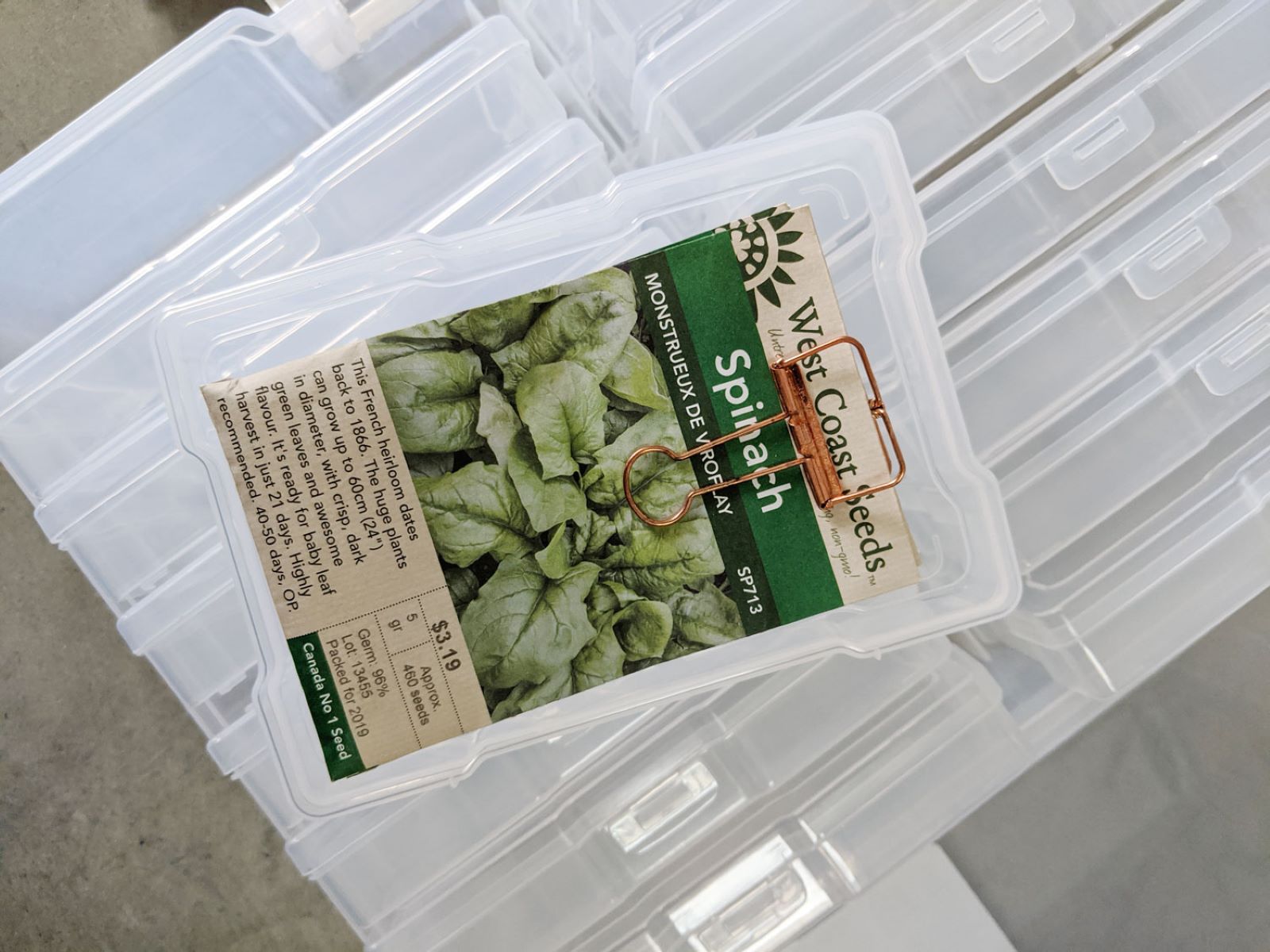
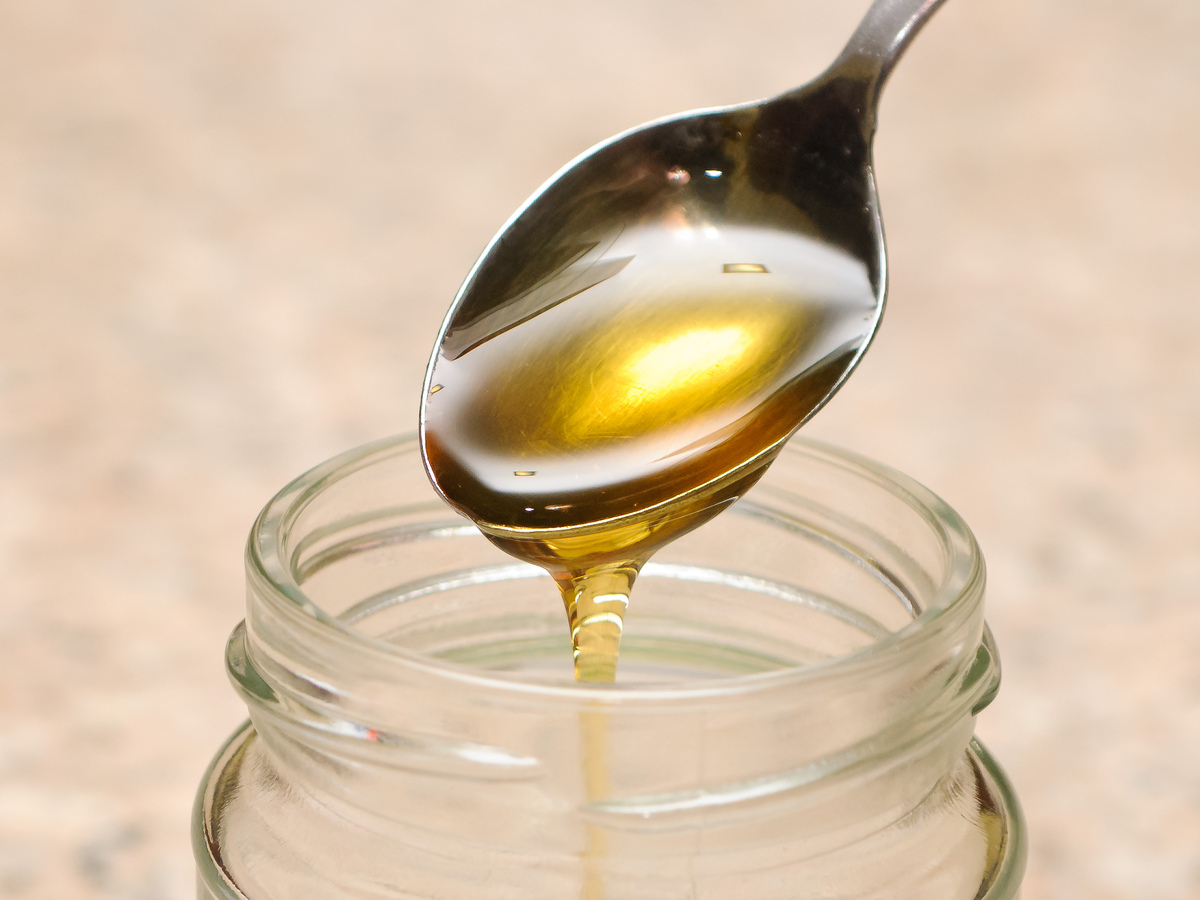
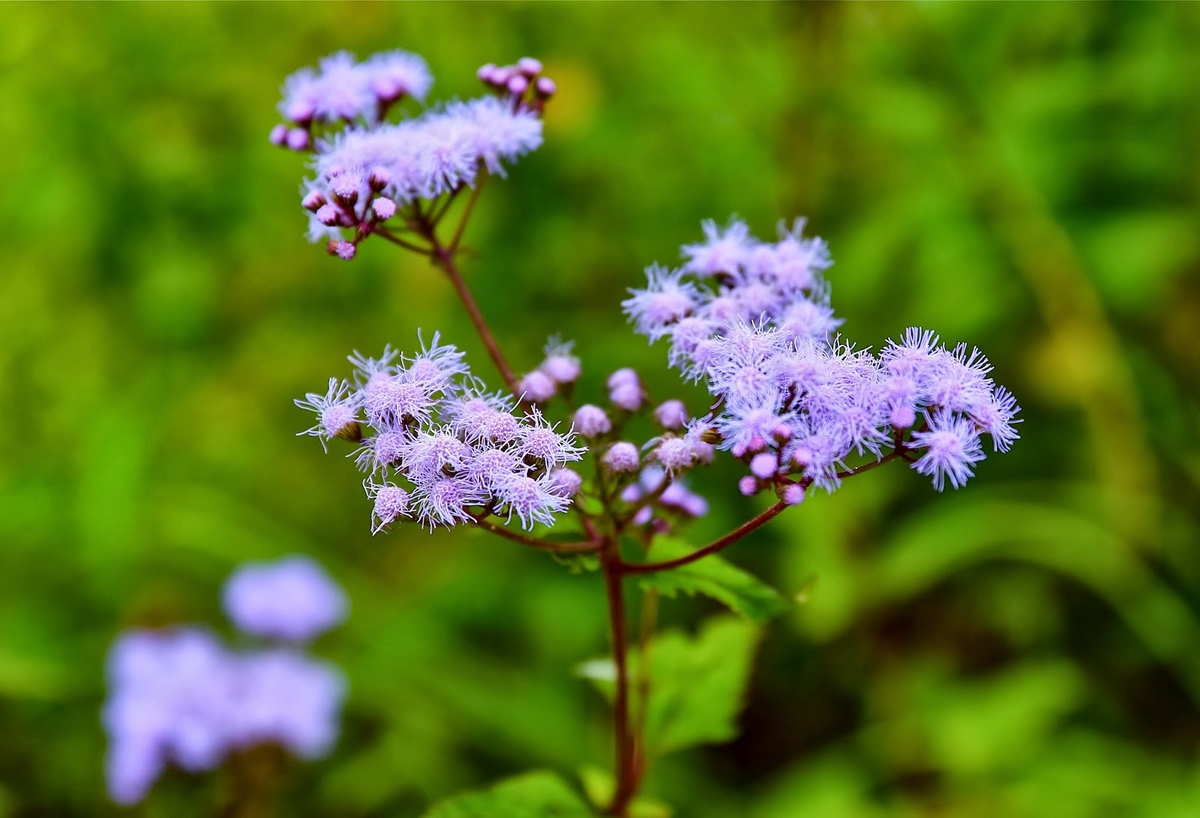
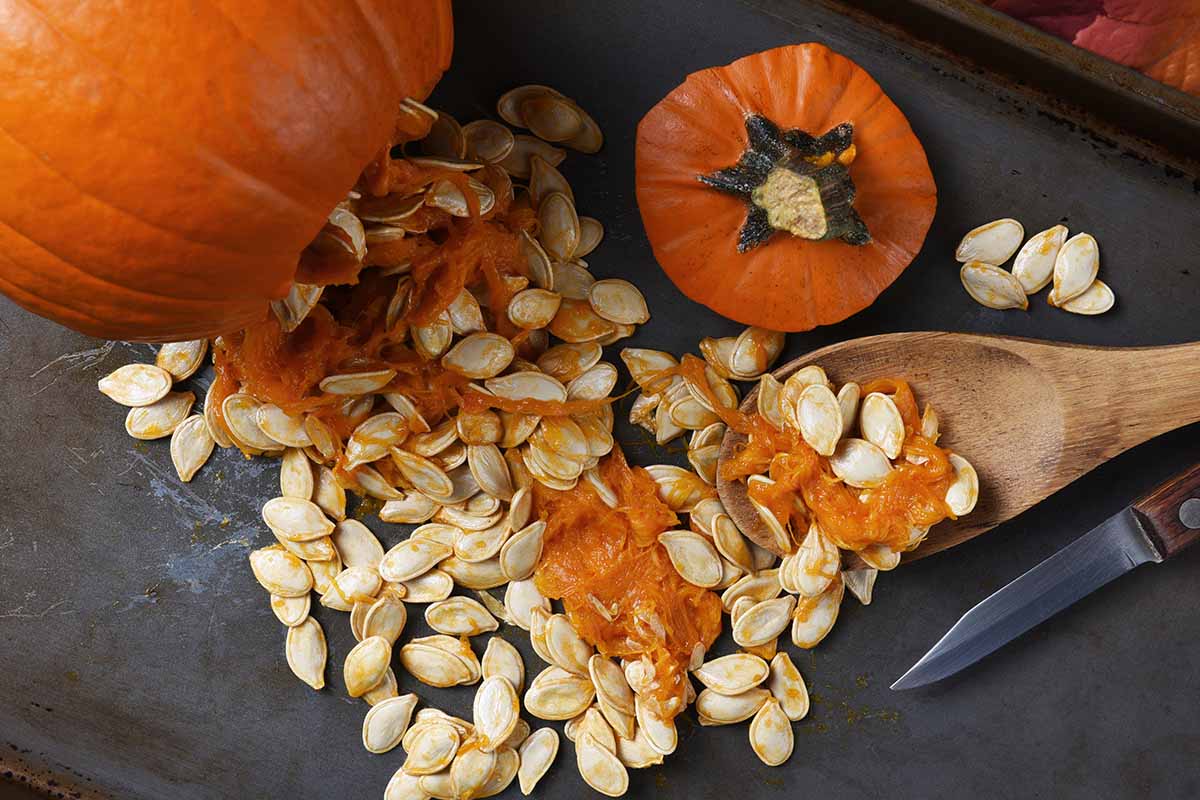
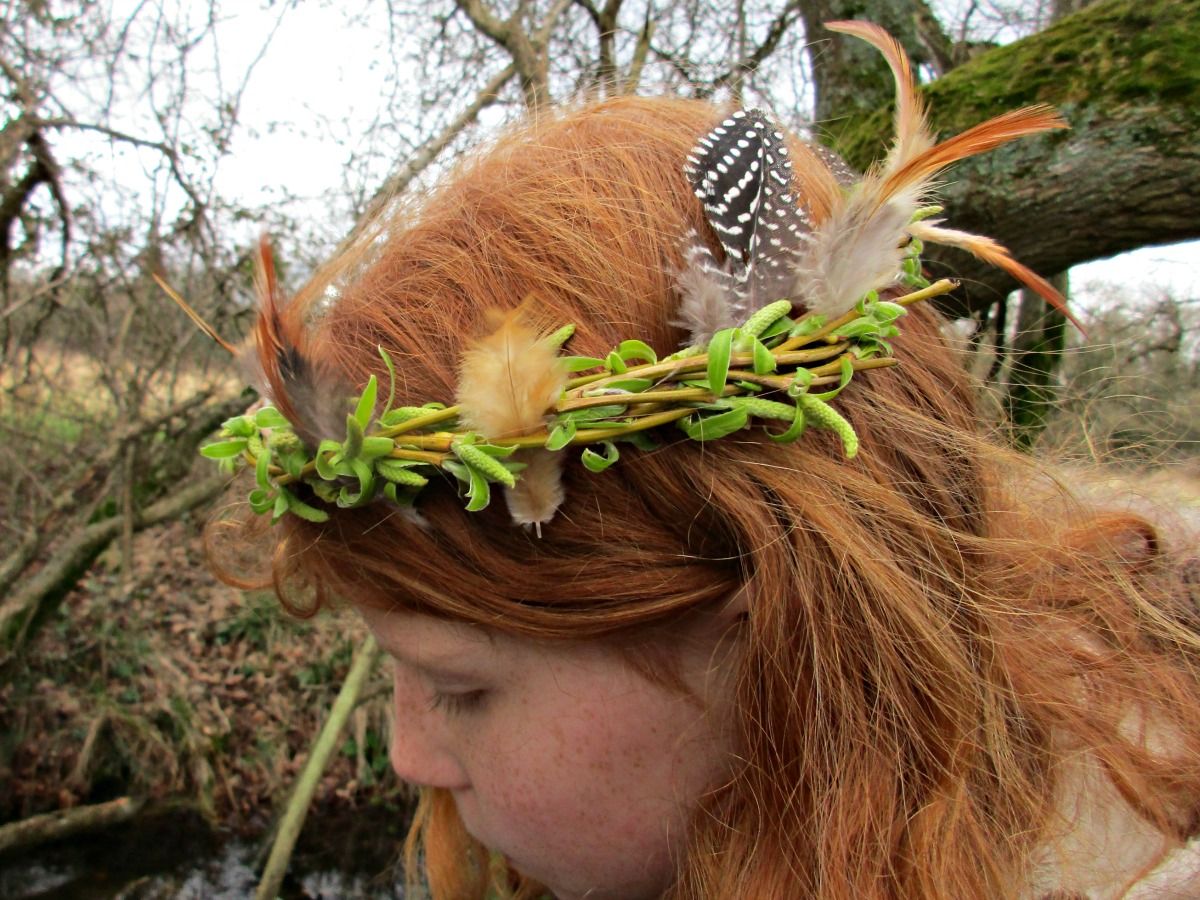
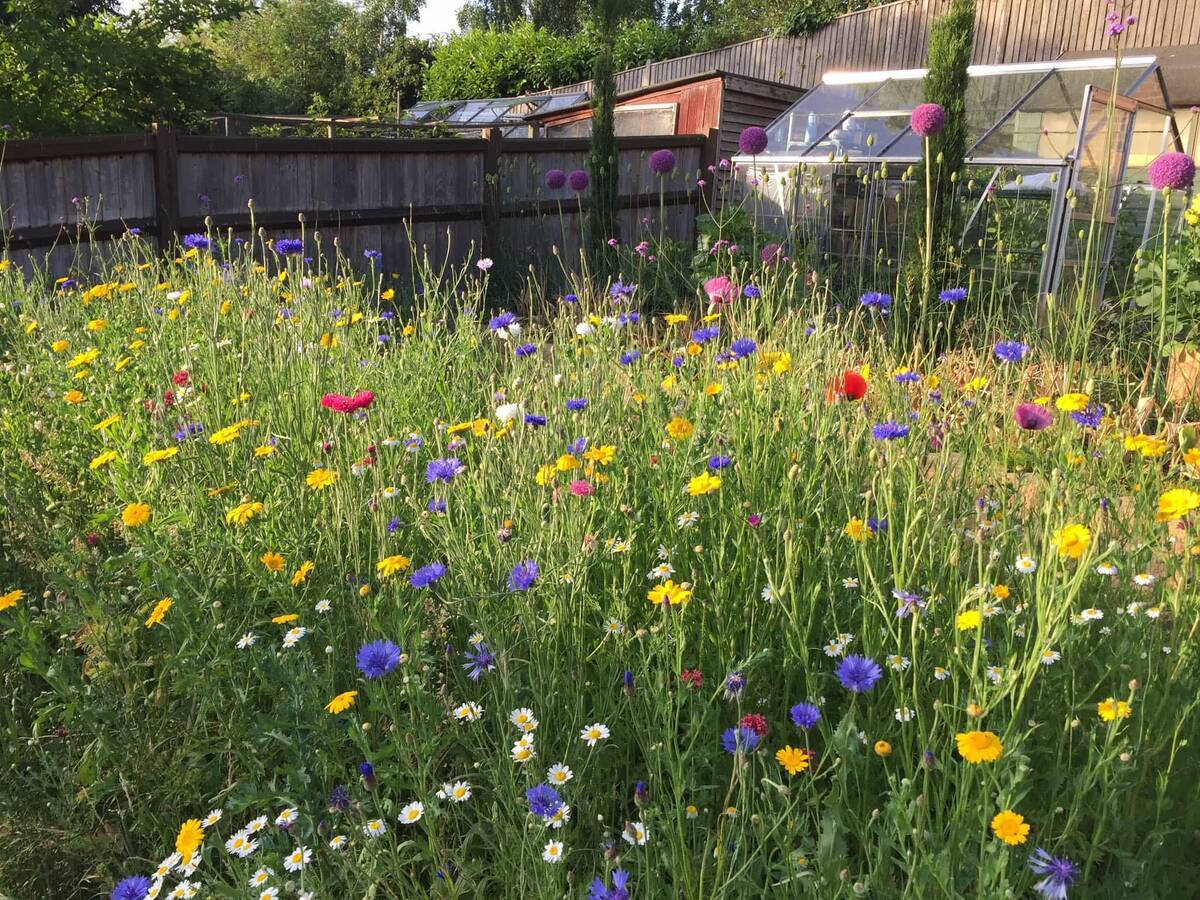

0 thoughts on “How To Store Wildflower Seeds”